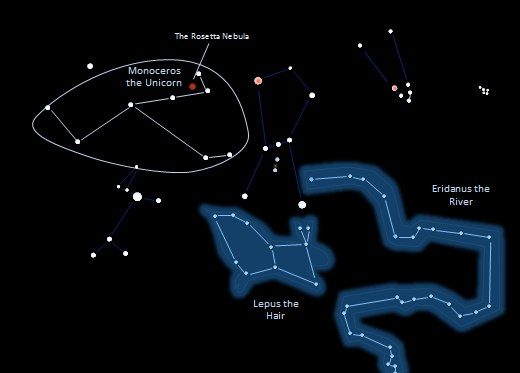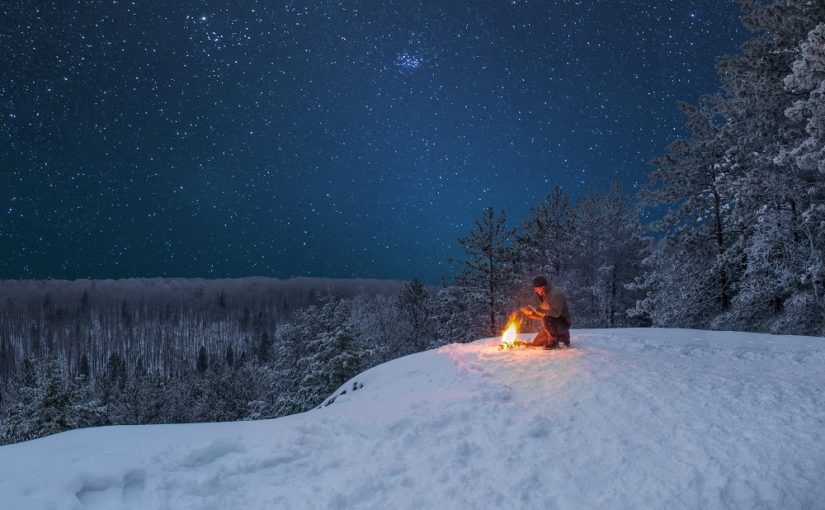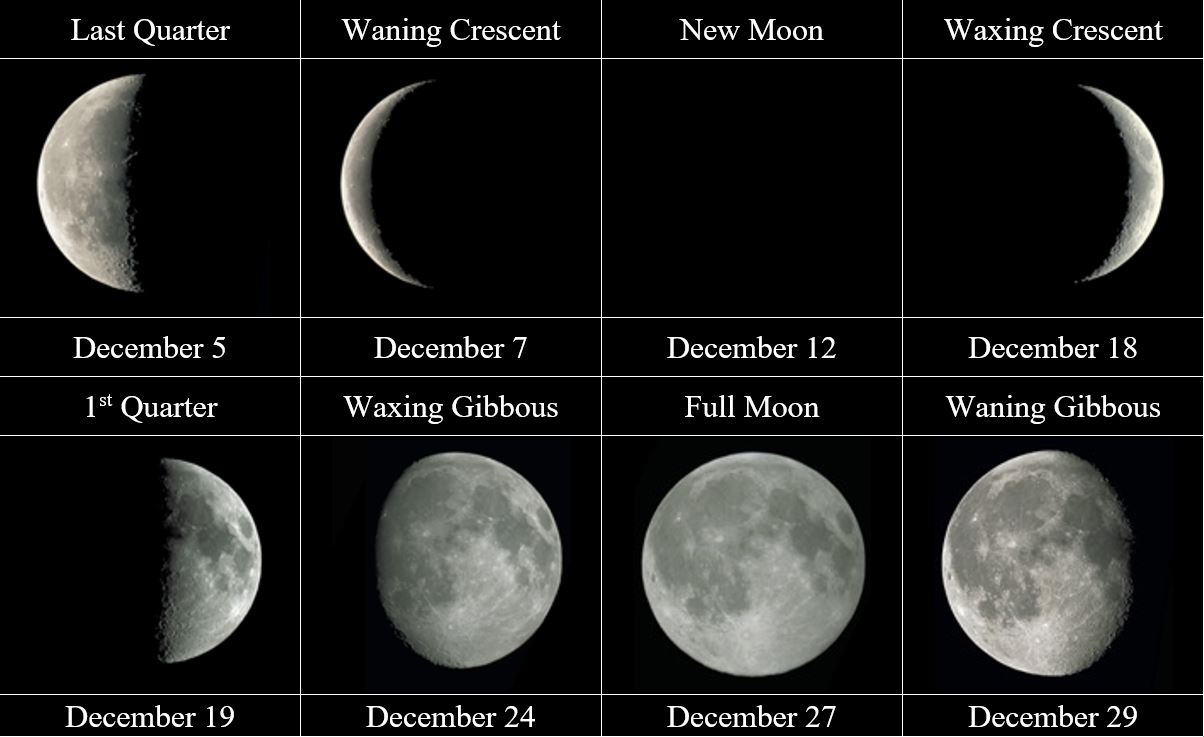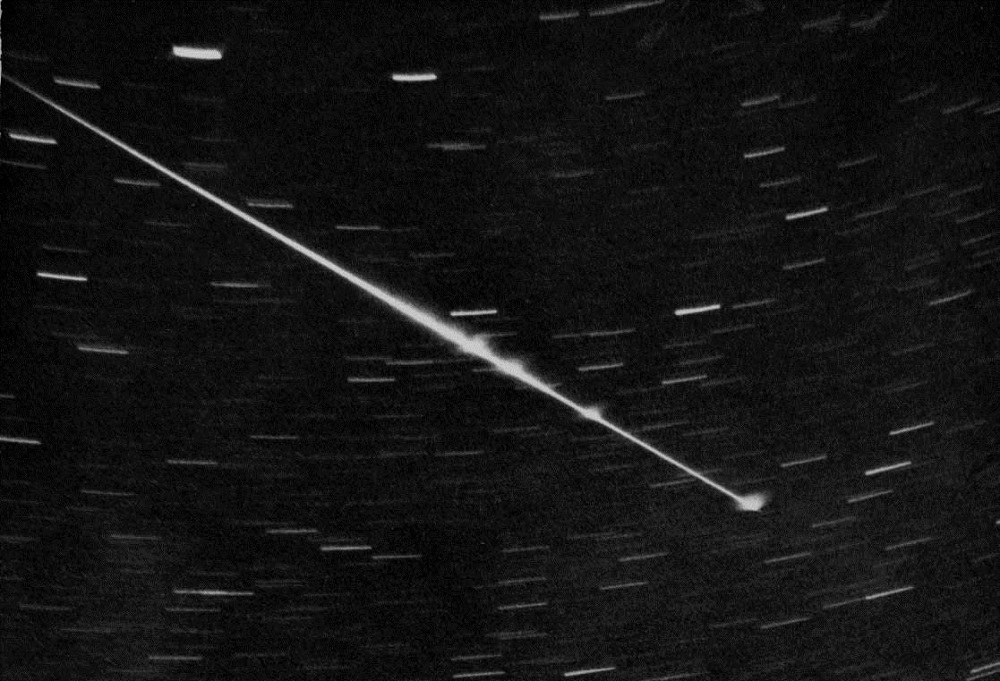Welcome to the Ontario Parks “Eyes on the Skies” series. This will cover a wide range of astronomy topics with a focus on what can be seen from the pristine skies found in our provincial parks.
December brings some of the darkest skies of the year.
Take advantage of this great opportunity to go out into our parks. Breathe in the peace and solitude of December days and the bounty of the starlit skies.
Here are our astronomical highlights for December, 2023:
The sun
Many people believe that on the Winter Solstice, usually around December 21, we experience the earliest sunset and latest sunrise.
However, while the solstice marks the sun’s lowest point in the sky at solar noon and the day with the least amount of light, the earliest sunset always occurs earlier in the month, and the latest sunrise usually occurs in early January.
This year, for a viewer at 45 degrees north, the earliest sunset occurs around December 10. That means, as of December 11, our sunsets occur later each day until they peak in June.
The sun completes its apparent southerly drop on the Winter Solstice on December 21 at 10:48 p.m.
See our post from March to learn more about the solstices and equinoxes.

Sunrise and sunset times:
| December 1 | December 15 | December 31 | |
| Sunrise | 7:14 a.m. | 7:27 a.m. | 7:34 a.m. |
| Midday | 11:43 p.m. | 11:49 p.m. | 11:57 p.m. |
| Sunset | 4:13 p.m. | 4:11 p.m. | 4:20 p.m. |
The moon
The moon has long captivated observers of all ages.
December’s lunar phases are as follows:
The planets – Jupiter
Jupiter continues to be extremely well placed and is pretty much viewable all night long. It is, by far, the brightest object in the night sky after the moon.
Meteor showers
December has two meteor showers to note: the Geminids and the Ursids.
The Geminid meteor shower — peaking on the night of December 13 into the morning of December 14 — is one of the best annual meteor showers to see.
In any given year and under a moonless night, the Geminid meteor shower usually outperforms the much more famous Perseid shower in August. However, due to the cold temperatures and often cloudy skies of December, it is far less known.
This year, Geminid meteor shower occurs near a new moon, which means if the weather is clear, that there could be many meteors to see!
The Ursid meteor shower peaks on the night of December 21, which is near the first quarter moon, However, it will be a fairly weak meteor shower, producing no more than 10 meteors per hour at best.
Featured constellations: Eridanus, Lepus and Monoceros
As we round out the year of constellations, we will focus on some of the fainter ones seen at this time of the year.

Learn about Eridanus, Lepus and Monoceros here.


